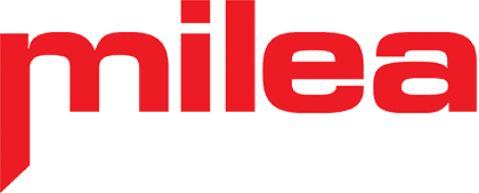FACTS ABOUT BOX TRUCKS FOR YOUR BUSINESS
The trucking industry is experiencing a steady flux in the amount of local and regional trucking freight hauled in the U.S. A major reason for this is the boom of the e-commerce market and online shopping that involves parcel shipping and delivery. Also, the e-commerce culture has exploded in same-day deliveries of everything from groceries to mattresses. To be able to accommodate the growing freight demand in the less-than-truckload (LTL) sector, consider adding box trucks to your business.
Start by learning more about box trucks with these interesting facts from Milea Truck in New York City:
- A box truck is also known as a straight truck, box van or cube van. Points to consider: A straight truck is defined as one without a separate trailer attached by an axle. These trucks range from Class 3 to Class 7 trucks with up to a 33,000- pound gross vehicle weight. When you are hauling LTL freight, you need to choose a truck that works in that capacity. A Class 8 big rig is much too large for the job. Meanwhile, a box truck is designed to navigate urban centers without difficulty, making it the ideal option for local freight-hauling jobs. By choosing the right size truck for your trucking jobs, you minimize expenses and maximize profits.
- A box truck offers more places to secure large objects. Points to consider: The more freight and LTL packages you can transport at once, the fewer return trips are required each workday. This can save your company money on fuel expenses while cutting down on your drivers' travel time. At the same time, you are able to maximize freight-hauling space to make the most money on every loaded trip.
- Box trucks feature a variety of loading methods including ramps and hydraulic lifts. Points to consider: If you are concerned with being able to load your box truck, look at the plethora of box truck designs. You will find box trucks with a pull-out ramp, which requires you to manually lift and place a metal loading ramp each time you load your truck. A hydraulic lift is more of an investment. Yet for busy freight haulers and professional companies investing in their fleet, the speed and dependability of a hydraulic lift make this worth the extra expense.
- To drive a box truck, you need to hire Class B truck drivers. Points to consider: Class B truck drivers can be 18 years old, while Class A truck drivers must be 21 to get their commercial driver’s license. Therefore, you have a larger driver pool from which to choose when hiring truck drivers for box truck jobs.
- Box trucks do not have bathrooms. Points to consider: While truck drivers might appreciate having access to facilities over the road, no trucks — including box trucks and Class 8 big rigs — come standard with a bathroom.
- Some straight trucks called hot shot trucks or expeditor trucks may have a sleeper. Points to consider: If you are purchasing or leasing box trucks for your business, you most likely will be using these for local or regional trucking jobs. Even these types of jobs may require drivers to be away from home overnight. By choosing a straight truck with a raised roof sleeper or compartment, you can provide your drivers with a safe place to rest.
When deciding whether to add box trucks to your fleet, consider the type of freight you are hauling. If you are looking at LTL trucking, parcel delivery, furniture moving or local deliveries, then a box truck by Milea Truck is the ideal solution. We will help you make the smartest decision on your next trucks for your fleet








